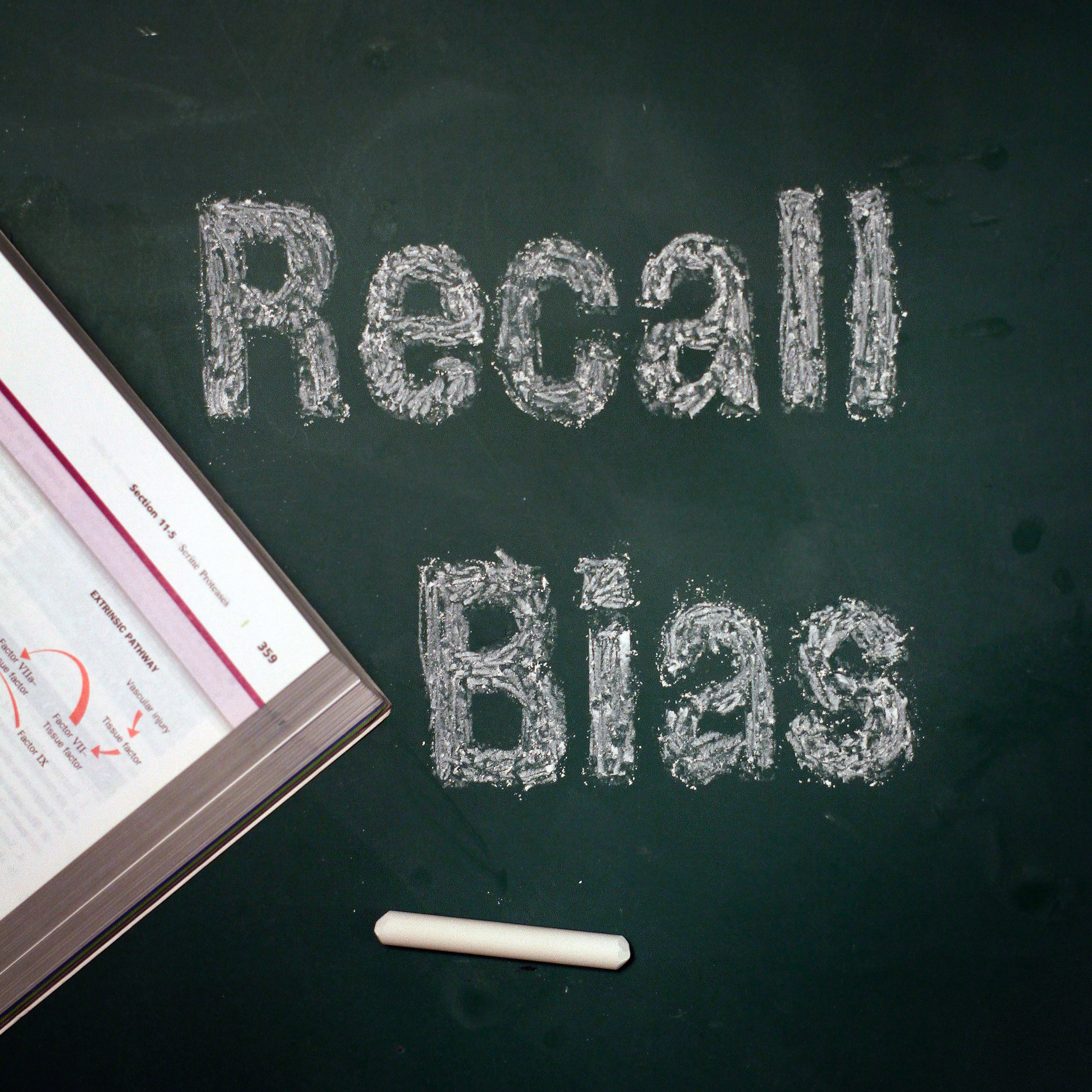Episode 017 — Special K and action potentials
Description
This episode we take a dive into physiology. We talk about cocaine and wide complex tachycardia, CPR on television, which medications end up in breast milk, and practical tips for using ketamine in procedural sedation.
Wide complex tachycardia
Hoffman RS. “Treatment of patients with cocaine-induced arrhythmias: bringing the bench to the bedside.” Br J Clin Pharmacol. 2010. https://www.ncbi.nlm.nih.gov/pmc/articles/PMC2856045/
- Cocaine increases concentrations of circulating catecholamines (which typically increase heart rate).
- Since sodium channel blockade follows use-dependent kinetics, increases in heart rate exacerbate sodium channel blockade.
- Tachycardia alone may be sufficient to trigger a re-entrant rhythm in a susceptible host.
- Cocaine can cause ischemia and infarction
- Blockade of both sodium and potassium channels (+vasospasm) creates a substrate for arrhythmia
- QRS widening from sodium channel blockade.
- QT prolongation from K+ channel blockade as well as QRS being widened.
- In the setting of sodium channel blockade QRS duration continually narrows as pH increases.
CPR on TV and in ‘real life’
Cardiopulmonary Resuscitation on Television — Miracles and Misinformation → https://www.nejm.org/doi/full/10.1056/nejm199606133342406
Results. There were 60 occurrences of CPR in the 97 television episodes — 31 on ER, 11 on Chicago Hope, and 18 on Rescue 911. In the majority of cases, cardiac arrest was caused by trauma; only 28 percent were due to primary cardiac causes. Sixty-five percent of the cardiac arrests occurred in children, teenagers, or young adults. Seventy-five percent of the patients survived the immediate arrest, and 67 percent appeared to have survived to hospital discharge.
Conclusions. The survival rates in our study are significantly higher than the most optimistic survival rates in the medical literature, and the portrayal of CPR on television may lead the viewing public to have an unrealistic impression of CPR and its chances for success. Physicians discussing the use of CPR with patients and families should be aware of the images of CPR depicted on television and the misperceptions these images may foster. (N Engl J Med 1996;334:15 78-82.)
“Regional Variation in Out-Of-Hospital Cardiac Arrest Incidence and Outcome” → https://www.ncbi.nlm.nih.gov/pmc/articles/PMC3187919/
| REGION | ARREST SURVIVAL (%) | VFIB SURVIVAL (%) |
| Alabama | 3.0 | 7.7 |
| Dallas | 4.2 | 8.9 |
| Iowa | 11.3 | 23.6 |
| Milwaukee | 9.9 | 26.6 |
| Ottowa | 5.3 | 14.7 |
| Pittsburg | 7.1 | 21.8 |
| Portland | 10.4 | 21.7 |
| Seattle | 16.2 | 39.4 |
| Toronto | 5.2 | 15.2 |
| Vancouver (BC) | 9.8 | 25.6 |
| OVERALL | 7.9 | 21.0 |
Ketamine
- Used for induction of anesthesia. Sometimes used in conjunction with propofol (“ketofol” to be covered on a future episode)
- Inhibits NMDA receptor complex
- “Dissociative anesthesia”: eyes remain open with slow nystagmic gaze
- “Unpleasant” emergence reactions: vivid colorful dreams, hallucinations, out of body experience
- CV/sympathetic stimulation → Increased BP, HR, and CO
Ketamine now approved by FDA for intranasal treatment of depression → https://www.fda.gov/news-events/press-announcements/fda-approves-new-nasal-spray-medication-treatment-resistant-depression-available-only-certified
“What is the nature of the emergence phenomenon when using intravenous or intramuscular ketamine for paediatric procedural sedation?” Emerg Med Australas. 2009. → https://www.ncbi.nlm.nih.gov/pubmed/19682018
Premedicating with midazolam to avoid emergence phenomenon → https://www.ncbi.nlm.nih.gov/pmc/articles/PMC4418142/
“Premedication With Midazolam or Haloperidol to Prevent Recovery Agitation in Adults Undergoing Procedural Sedation With Ketamine: A Randomized Double-Blind Clinical Trial.” Ann Emerg Med. 2019. https://www.ncbi.nlm.nih.gov/pubmed/30611640
We evaluate the effect of midazolam and haloperidol premedication for reducing ketamine-induced recovery agitation in adult patients undergoing procedural sedation. We also compare physician satisfaction and recovery time. We enrolled 185 subjects. The maximum Pittsburgh Agitation Scale score was significantly less with midazolam compared with placebo (difference 3; 95% confidence interval 1.27 to 4.72) and with haloperidol compared with placebo (difference 3; 95% confidence interval 1.25 to 4.75), and Richmond Agitation-Sedation Scale scores at 5, 15, and 30 minutes trended lower with the active agents. Midazolam and haloperidol significantly delayed recovery but did not alter overall clinician satisfaction.
Xigris, “surviving sepsis” campaign, and bioethicists
- “Surviving Sepsis — Practice Guidelines, Marketing Campaigns, and Eli Lilly” → https://www.nejm.org/doi/full/10.1056/NEJMp068197
- https://blogs.scientificamerican.com/guest-blog/lillys-shocker-or-the-post-marketing-blues/
- https://slate.com/technology/2003/12/how-the-drug-industry-is-branding-itself-with-bioethics.html
Breast milk and medications (general overview)
Models of drug passage into breastmilk → https://www.fda.gov/downloads/Drugs/NewsEvents/UCM496951.pdf
- M/P ratio and Relative Infant Dose
- RID classification:
- Acceptable: < 10% of maternal dosage
- <span style
- RID classification:





